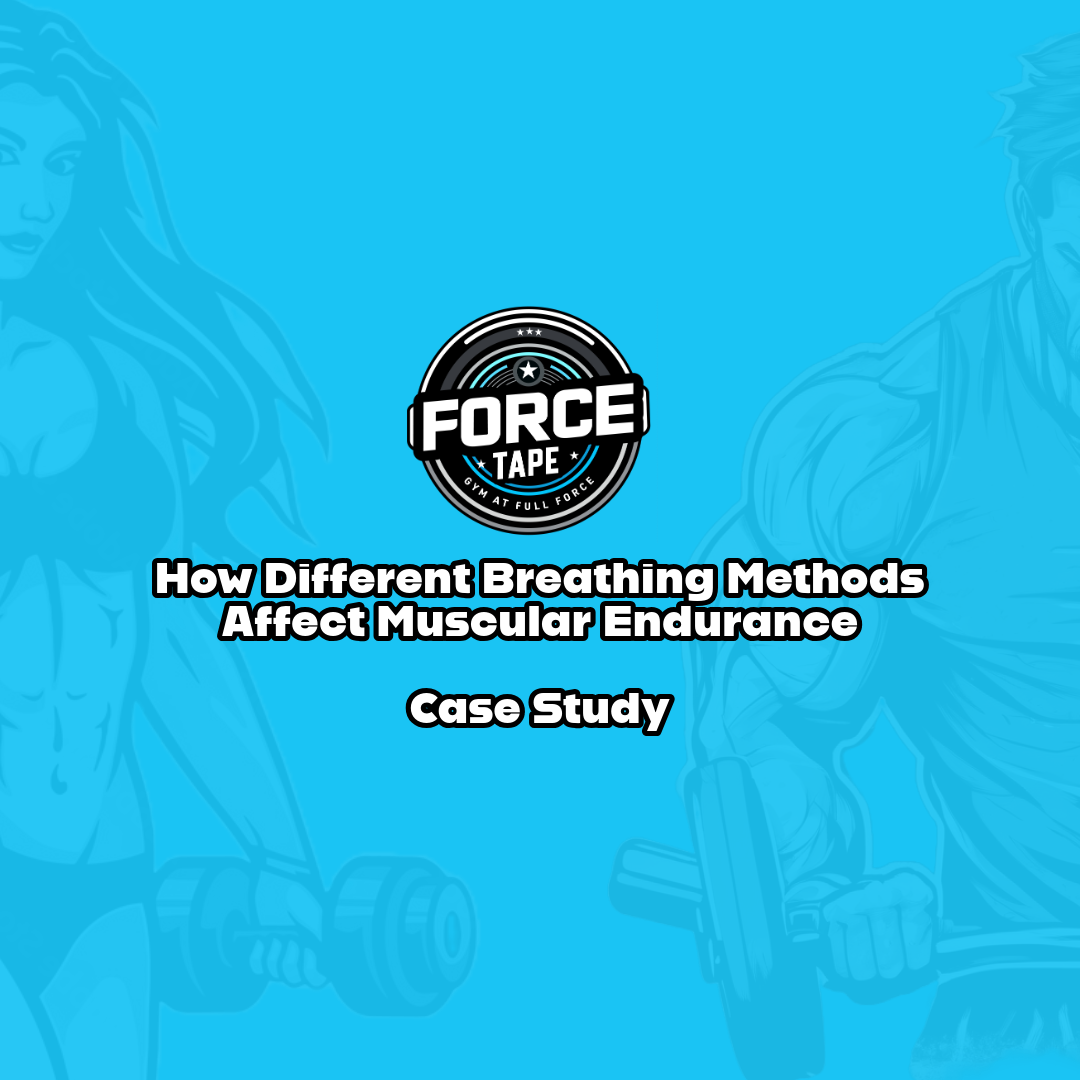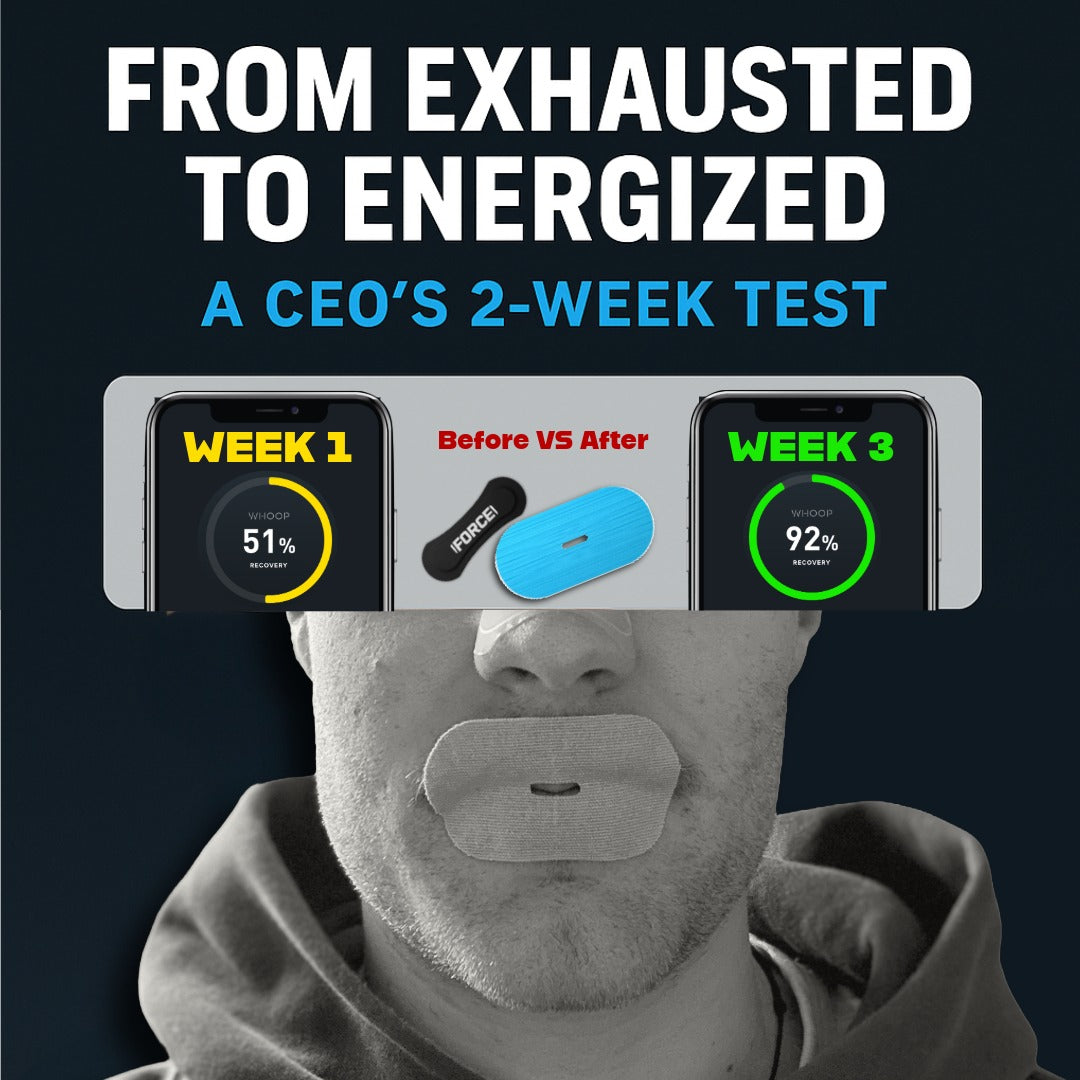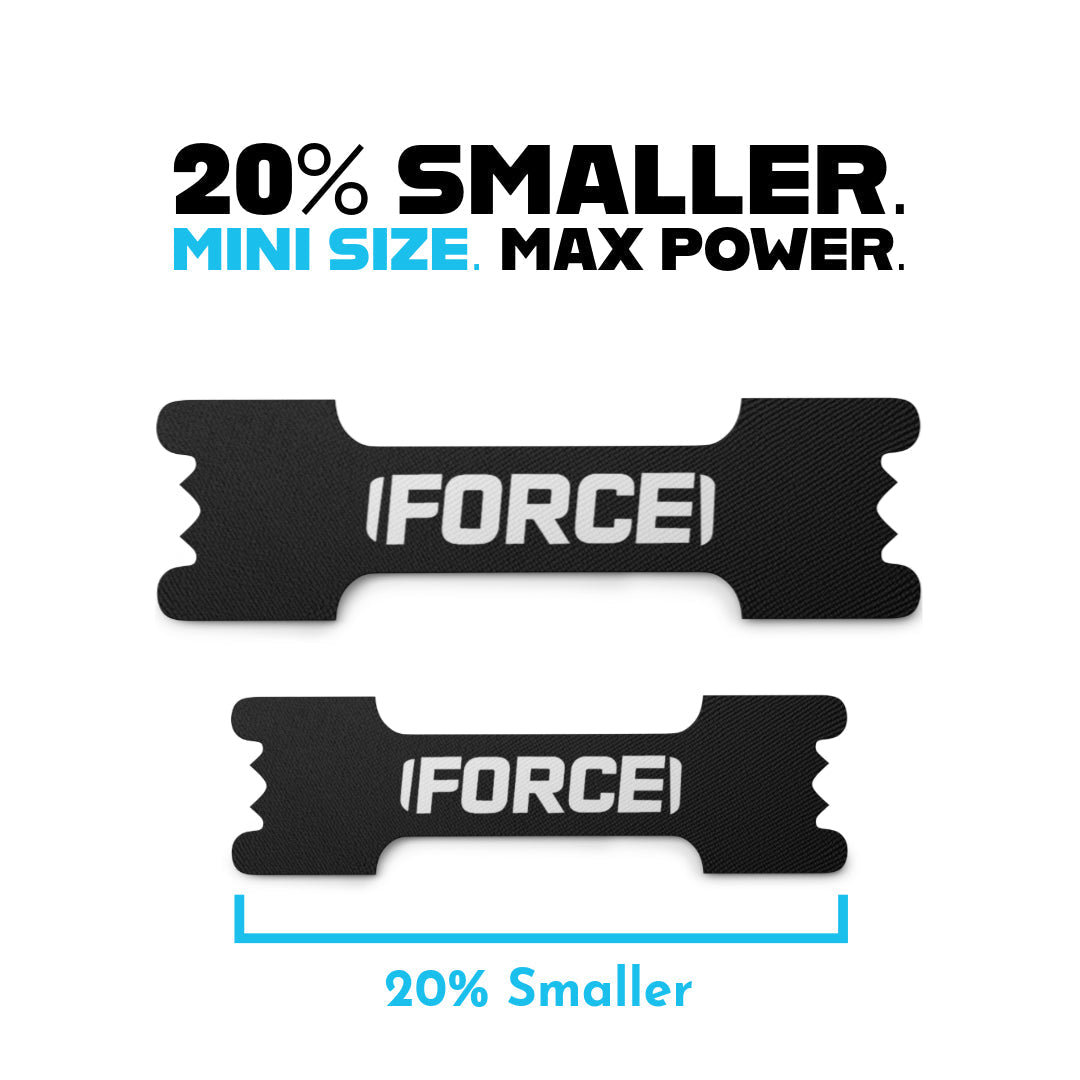Nose vs. Mouth Breathing: How Different Breathing Methods Affect Muscular Endurance
Breathing is crucial to our performance during exercise, but the way we breathe—through the nose or mouth—can impact our endurance and overall workout effectiveness.
Benefits of Nose Breathing
Breathing through the nose has many advantages, especially during resistance training like bench presses. The nose naturally filters, warms, and humidifies the air, making it cleaner and easier for the lungs to use. This method also increases oxygen uptake and engages the diaphragm, leading to better spinal stability and potentially preventing injuries.
Nasal breathing also keeps the heart rate lower during exercise, allowing for a more controlled and efficient workouts. This means that you might feel less fatigued and be able to maintain your endurance for longer.
Downsides of Mouth Breathing
On the other hand, mouth breathing is more common during high-intensity workouts because it allows more air to enter the lungs quickly. However, this method bypasses the nasal passages, leading to the inhalation of unfiltered air, which can strain the respiratory system over time.
What the Study Found
A study involving 107 active college students explored how three different breathing methods—breathing through the nose only, breathing in through the nose and out through the mouth, and breathing through the mouth only—affected their endurance during bench press exercises. The researchers measured heart rate, blood oxygen levels, and how hard the exercise felt to the participants.
The study found that while there were little differences in the number of repetitions the participants could complete, participants who breathed only through their nose had a lower heart rate compared to those who used their mouth.
Why Breathing Matters
Different breathing methods might drastically change how many reps you can do, focusing on breathing through your nose can offer benefits like lower heart rate and better overall health during workouts. For those looking to improve their performance and endurance, incorporating nasal breathing into your training routine could be a simple yet effective way to get more out of your exercise sessions.
Whether you're lifting weights or doing cardio, consider breathing through your nose to help enhance your endurance and support your long-term health





Share:
How to Use Grip+ Lifting Thumb Tape: Step-by-Step Guide for Athletes
The Health Benefits of Nasal Breathing - Dr. Alan Ruth